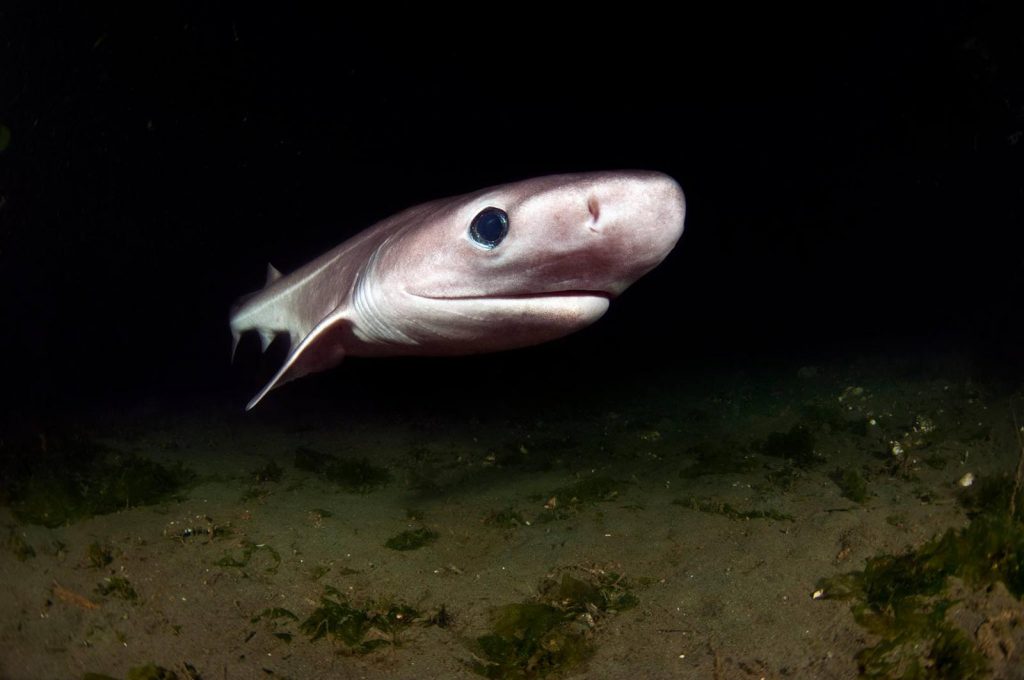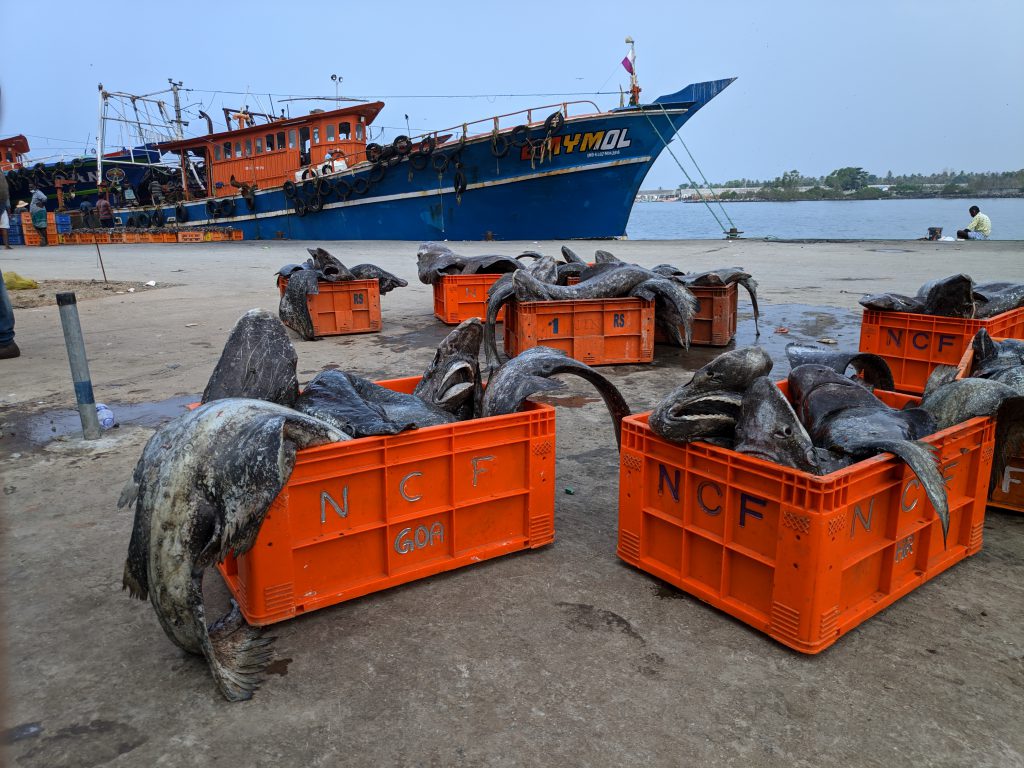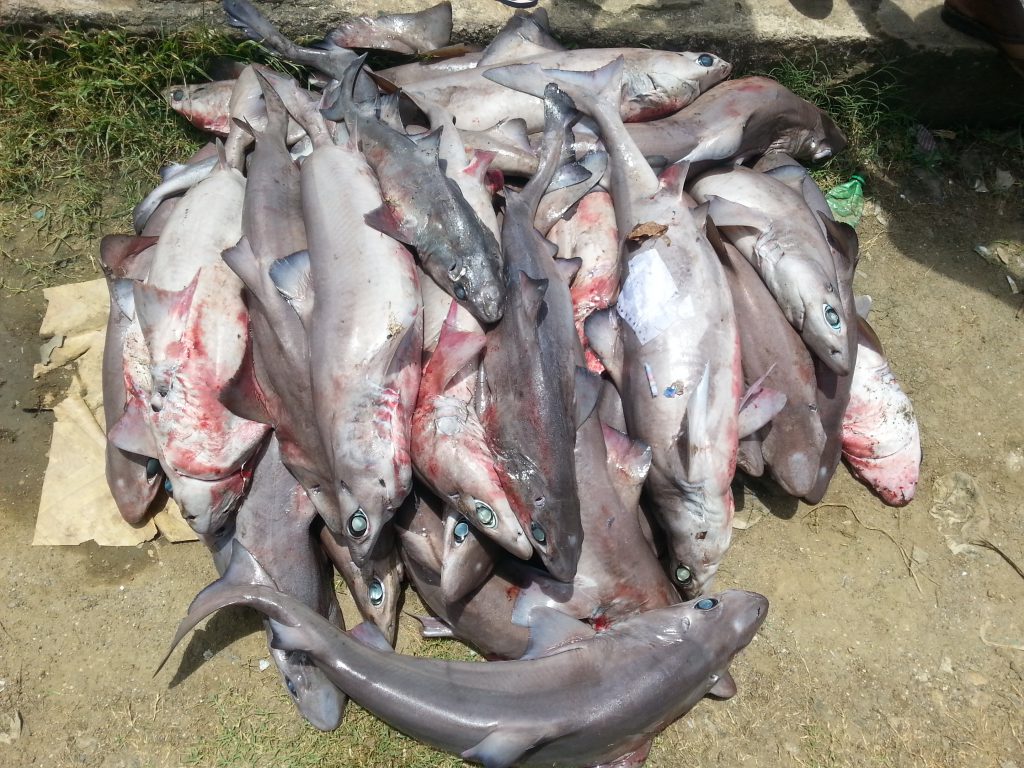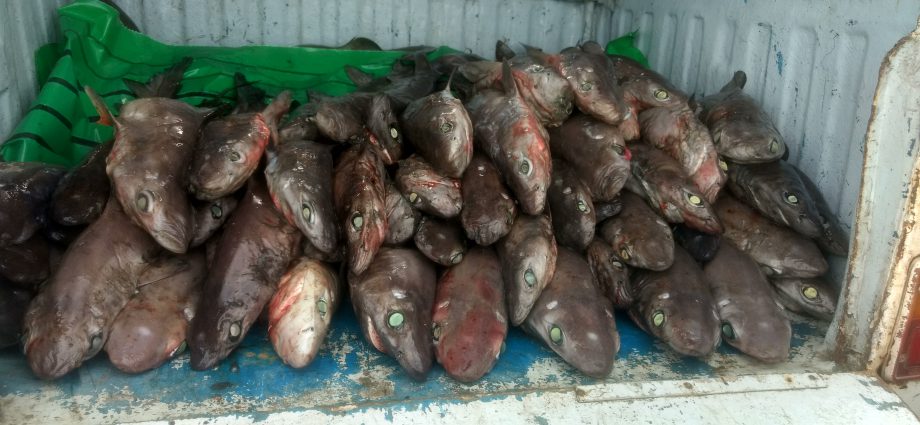BURNABY (Canada)- One in seven species of deepwater sharks and rays are threatened with extinction due to overfishing, according to a new eight-year study released today in the journal Science. Specifically, the analysis found that sharks and rays are caught as incidental bycatch in fisheries targeting more commercially valuable species. However, they are kept due to the value of their oil and meat. This, partnered with a recent global expansion in the trade of shark liver oil, have resulted in steep population declines.
“About half of the world’s sharks are found below 200 metres, below where the sunlight reaches into the ocean,” says Nicholas Dulvy, Distinguished SFU Professor of Marine Biodiversity and Conservation.
“The first time they see sunlight is when they’re hauled onto the deck of a fishing boat.”
This new analysis by Dulvy assessed more than 500 species of sharks and rays and engaged more that 300 experts from around the world. It found that about 60 species are threatened with an elevated risk of extinction due to overfishing, according to the criteria of the International Union for Conservation of Nature (IUCN) Red List of Threatened Species.

“As the high seas and the coastal waters are becoming depleted in many countries of the world, we’re incentivizing fishers to fish offshore and it’s become technologically viable to fish up to a kilometre deep,” Dulvy says.
Deepwater sharks and rays are among the most sensitive marine vertebrates because of their long lifespans and low reproductive rates. They have life cycles more similar to marine mammals such as whales and the walrus, which were formerly exploited for their oils and are now highly protected.
“Many deepwater sharks and rays can only withstand very small amounts of fishing pressure,” says Dulvy. “Some species may take 30 years or more to mature, and possibly up to 150 years in the case of the Greenland Shark, and only produce 12 pups throughout their entire life.”
Sharks and rays maintain their buoyancy by having a fatty liver, but this fat is highly prized. It’s used widely in cosmetics, nutrient supplements and for medicines, like vaccines. There has also been an increase in skate fisheries to support demand for fermented skate, a traditional Korean delicacy.

“There’s been great success in regulating shark fin trade. Now we need to turn our attention to regulating the international trade in liver oil.”
In addition to regulating the international trade in shark liver oil, the study also endorses a global push to protect 30 per cent of the world’s oceans by 2030. Protecting 30 per cent of the deep ocean (200 to 2,000 metres) would provide 80 per cent of species partial protection across their range. A worldwide prohibition on fishing below 800 metres would provide 30 per cent vertical refuge for a third of threatened deepwater sharks and rays.
The Global Shark Trends Project is a collaboration of the Simon Fraser University, IUCN Shark Specialist Group, James Cook University, and the Georgia Aquarium, established with support from the Shark Conservation Fund.


